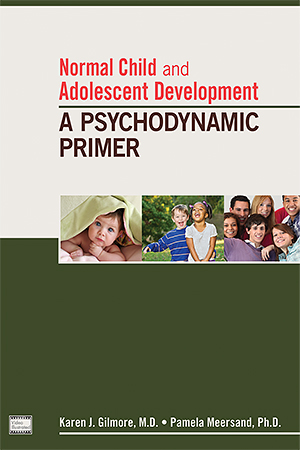Chapter 7.Preadolescence
Sections
Excerpt
Between ages 10 and 12 years, as the latency phase draws to a close and adolescence looms, children enter the brief but turbulent period of prepubertal development. Preadolescence begins during late childhood and ends with the events of puberty, spanning the months of increasing hormonal levels and the first signs of sexual maturity. Both subjective and tangible physical changes, such as accelerations of weight and height, the appearance of secondary sexual characteristics, and novel internal pressures, create confusion and perceived loss of control; these upheavals disturb the calm, compliant demeanor of the latency phase. Infantile longings and fears from the oedipal and preoedipal phases are revived (Blos 1958; Dahl 1995). At the same time, preadolescents’ enhanced cognition, greater capacities for autonomy, and shift to middle school culture draw them into a complex social and academic environment. Newly buffeted by these progressive and regressive forces, the child’s internal equilibrium is disrupted; a “normative crisis” (Erikson 1956) ensues, wherein conflictual feelings, outward restlessness, and mood instability are dominant trends.
Access content
To read the fulltext, please use one of the options below to sign in or purchase access.- Personal login
- Institutional Login
- Sign in via OpenAthens
- Register for access
-
Please login/register if you wish to pair your device and check access availability.
Not a subscriber?
PsychiatryOnline subscription options offer access to the DSM-5 library, books, journals, CME, and patient resources. This all-in-one virtual library provides psychiatrists and mental health professionals with key resources for diagnosis, treatment, research, and professional development.
Need more help? PsychiatryOnline Customer Service may be reached by emailing [email protected] or by calling 800-368-5777 (in the U.S.) or 703-907-7322 (outside the U.S.).



